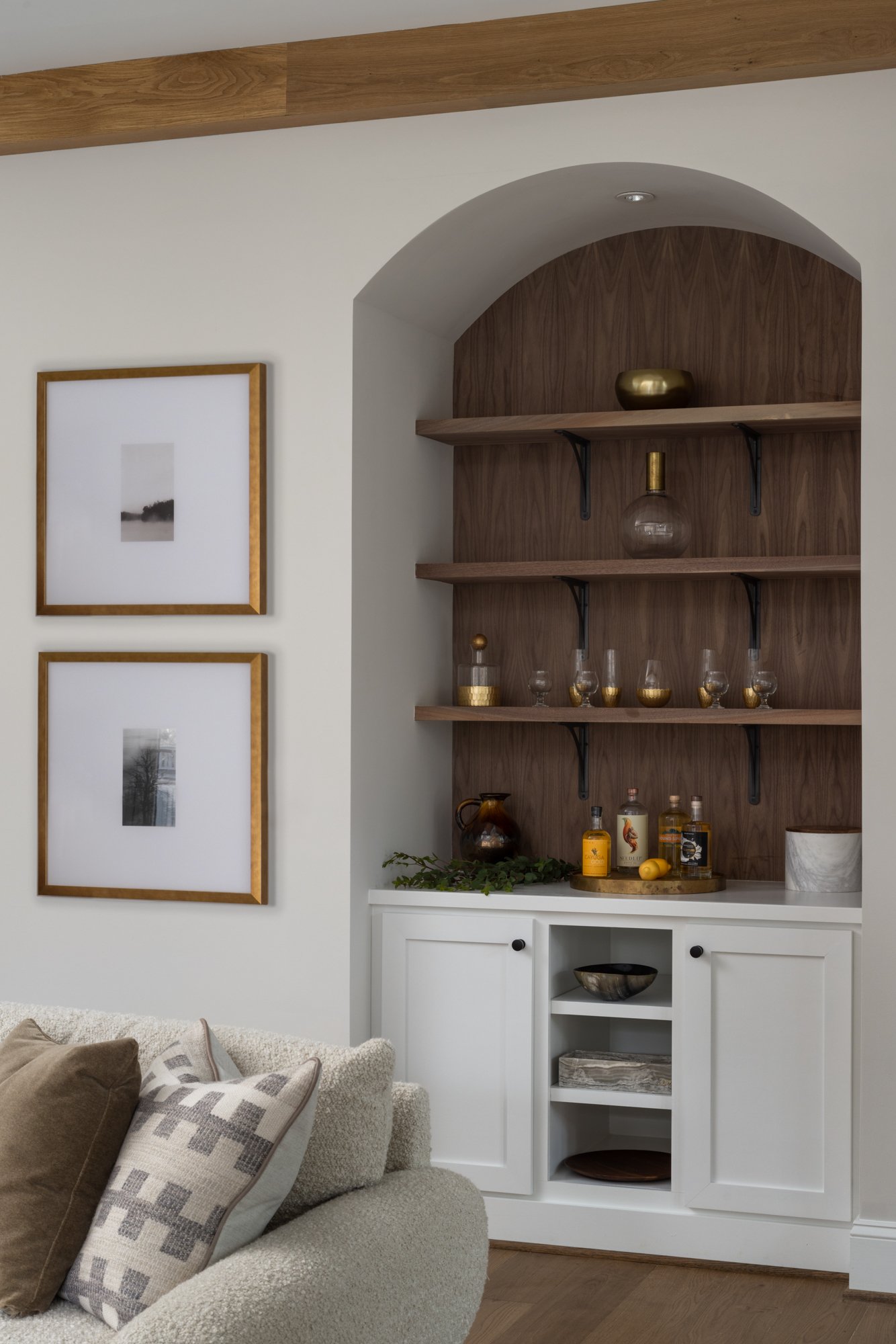How to Budget for a Custom Home: Embracing Boundaries for a Dream Build
As a former CPA, I’ve come to see budgets not as limitations but as empowering tools that help turn dreams into reality. When it comes to building a custom home, having clear financial boundaries enables you to make confident decisions and stay on track throughout the process. Here’s a guide to budgeting for your custom home, with key considerations to make the journey as smooth as possible.
1. Assemble a Team of Professionals
The first step is to surround yourself with a team of experts who have experience in custom home builds and understand product costs. This team would include an architect, interior designer, and builder. Their insights will help you align your vision with your financial goals from the start.
Why It Matters: Experienced professionals can provide realistic estimates and help you avoid costly surprises.
2. Choose a Builder with a Proven Process
Your builder should have a well-organized, transparent process for managing budgets and timelines. Ask about their track record and how they communicate budget updates.
What to Look For: A builder who provides detailed cost breakdowns and keeps you informed at every stage of the project.
3. Provide Inspiration Photos
Visuals speak louder than words. Share photos of designs, finishes, and layouts you love with your team. This helps them understand your desired level of finish and align the design with your budget.
Pro Tip: Be honest about your must-haves versus nice-to-haves to prioritize spending effectively.
4. Obtain a Preliminary Budget
Before breaking ground, work with your team to create a preliminary budget that reflects your goals. This initial estimate sets the foundation for the entire project.
Reminder: A preliminary budget is a guideline, not a guarantee. Be prepared for adjustments as plans evolve.
5. Monitor the Budget Monthly
Regular check-ins are crucial to staying on track. Review the budget monthly with your team to address changes, track spending, and avoid surprises.
Key Tip: Transparency and communication are essential to maintaining control over your finances.
6. Add a 10% Cushion
It’s a good idea to mentally add 10% to your budget to account for upgrades, unforeseen issues, or additional costs. This buffer can prevent stress and ensure flexibility when unexpected needs arise.
Why It’s Important: Building a custom home is a dynamic process, and unexpected costs are almost inevitable.
7. Embrace Imperfection
No home—or budget—will be perfect. Focus on creating a space that reflects your family’s needs and provides a place of respite and joy.
Final Thought: The end result will be amazing, even if it’s not flawless. Embrace the process and trust that the journey will be worth it.
Budgeting for a custom home doesn’t have to be overwhelming. With the right team, a transparent process, and a little flexibility, you can create a home that’s both beautiful and functional while staying true to your financial goals. Remember, your budget is your ally—a framework that helps bring your dream home to life.








